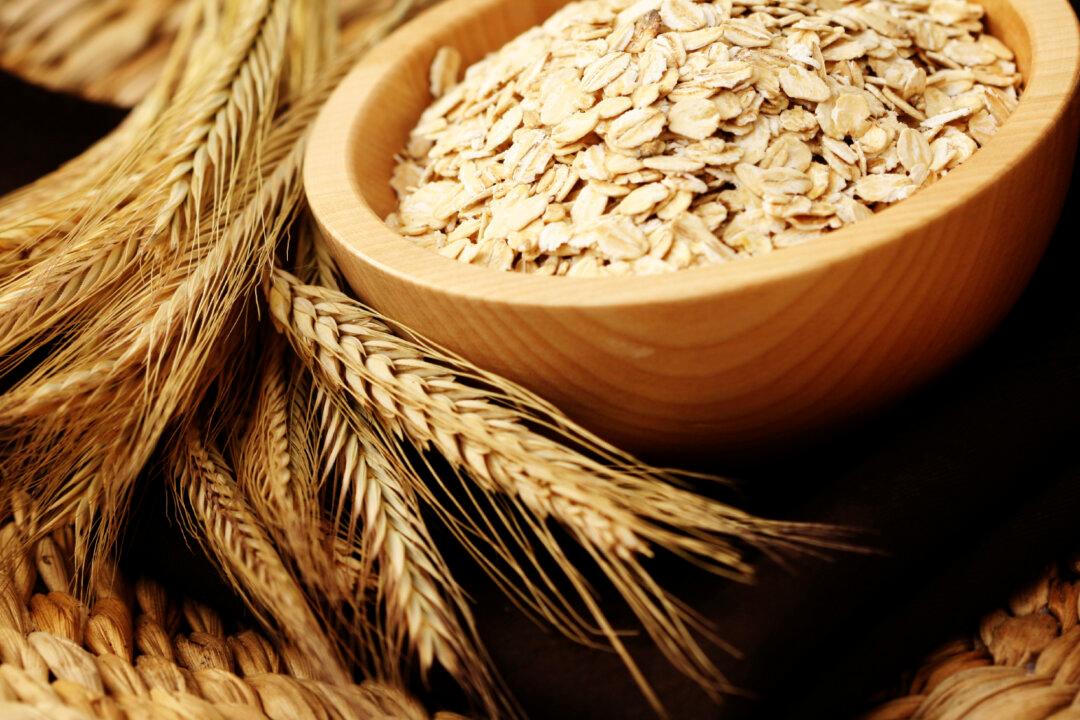The Edith Cowan University’s (ECU) genetic study on oats has shown why oats could be the answer for most people with coeliac disease and gluten intolerance.
“We discovered that oats have fewer of the proteins that correspond to gluten in wheat, causing an immune reaction from people with coeliac disease,” said ECU Prof. Michelle Colgrave on May 19.





